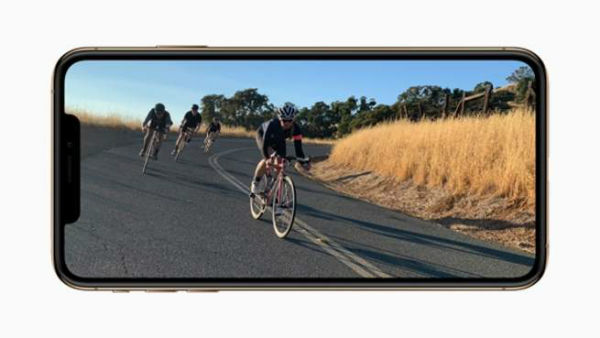At the annual hardware event of Apple on Wednesday, a trio of new phones was announced. The new iPhones that were published are the iPhone XS, iPhone XS Max, and the iPhone XR. All of these mainly advertise the fancy new screens, which includes the largest iPhone display up till now. The guarantee of more screen real estate is electrifying for the users whoever wants to experience bigger pictures and videos, but it has also brought a new and different subject for designers to discover and explore. That hasn’t always been such an exciting proposition.
The Dark Ages Of Mobile Design
At the beginning of the mobile web, new phone launches often set off speedy and hands-on readjustments of websites and apps to make sure they would render correctly on a screen with more full screens or pixels.
The developers firstly gave a response by making different versions of the same website for each device. A known company had a desktop site, a mobile site (or two), and possibly even a tablet site. “That probably worked for approx a year,” said Chad Currie, imaginative and creative director for Slide UX, an Austin-based intend firm. “But you keep on hitting a point where it just wasn’t likely anymore; it was just too many devices.” Each version of a website took significant working hours and lots of money.
Untimely the patchwork designs became older badly fast. “When mobile first turned into a thing, folks were really treating it as an unnecessary, small device, which it was,” says Chris Lilley of W3C, “It was similar to, ‘Yeah, you’re looking on your phone, what you’d expect?’ But as screens have been better than before and mobile use skyrocketed, the balance for web designers and app builders shifted. They are going to invest more in every version of a given website, or they may have to find other ways in order to make the development process more straightforward.
Responsive Design Is Born
The phrase “responsive design” was first said by Marcotte in 2010. Inspired by a developmental shift away from inactive blueprints to adequate physical spaces, Marcotte stated the following: “Rather than tailoring disconnected designs to each of an ever-increasing number of web devices, we can treat them as aspects of the similar experience. We can design for an optimal viewing experience, but embed standards-based technologies into our designs to make them not only more flexible but more adaptive to the media that renders them.” It was the theme that has been being read around the world.
Designing For Your Current Device
Nowadays it isn’t universal — whatever framework or structure someone uses — for most people to be ‘hand-rolling’ their responsive designs,” Currie says. Old solutions like the open source responsive framework Bootstrap, which would produce sensitive layouts according to a 12-item electrode, already “feel quite old,” he perceives. The responsive services are offered by CSS itself. And it features that once needed hours of productive work can be simply replicated beyond sites. Even if something goes wrong in the performances of transactions, Currie states, “companies like Apple; they built some fallbacks in there, so you don’t embarrass yourself.” Responsive design may everytime attempt to be “everything to everyone” — and it frequently is — but some limitations are still there. Currie’s firm, Slide UX, designed around a 320-pixel standard, approximately the size of the first iPhone. As phones on demand got greater and bigger, Slide lately moved to a 360-pixel grain standard.
“Hence, we’re fine with leaving those smaller, older devices behind,” Currie says. “We arrived on 360 pixels as our basic denominator. If we are able to get it down to that size, we should do something that we can assist with most devices.
Source: Office Setup



No comments
Note: only a member of this blog may post a comment.